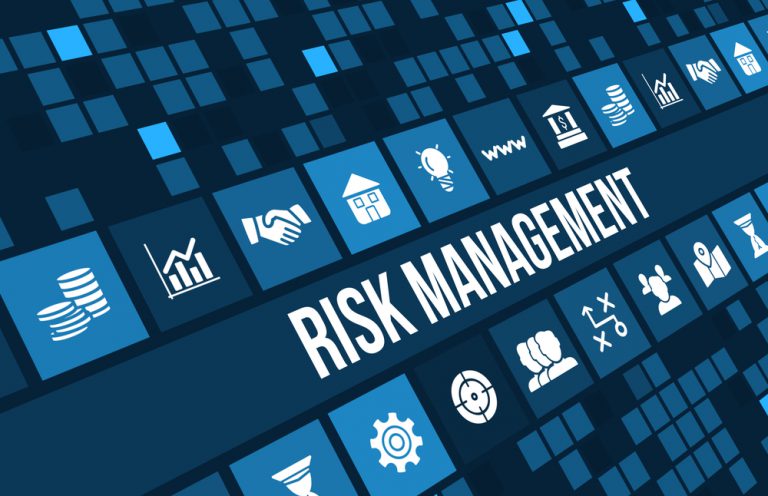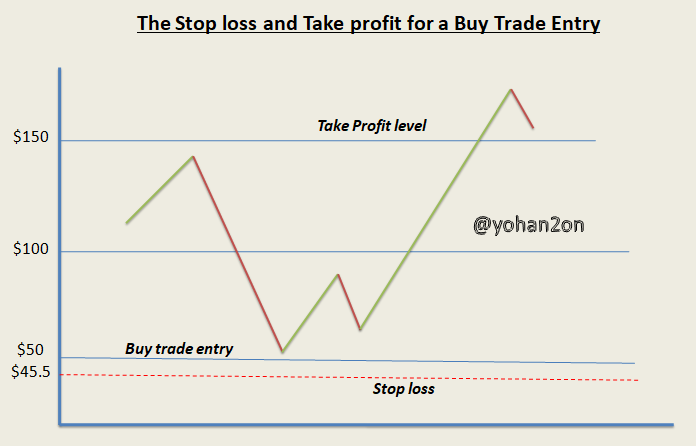Trading is a highly risky venture but also highly rewarding when trades play out well in your favour. You may be asking yourself, is trading gambling? Yes, it is gambling when you trade without proper risk management. When you apply risk management on every trade, it ceases to be gambling, it’s then rather called speculation. The latter is trading professionally for consistently profitable trading.

What is Risk Management?
Risk management in trading refers to the processes employed in controlling losses at the same time maintaining a set risk to reward ratio.
In other words, there is a certain amount of money you are willing to lose to gain more money.
Risk management is another core aspect in trading that every beginner and Expert trader must have in addition to their trading strategy and market psychology. Therefore, without proper risk management, it does not matter how an expert trader you are using a great Trading strategy, you are liable to registering huge losses or even blowing up your account in the long run. Before you think of making any money, you have to first put in place measures to protect the initial capital on your account.
In trading not every trade will be profitable. The fact is that you win some and lose some. As a trader, you have to safeguard yourself from the negative human emotions that may throw you into panic and frustrations when it comes to losses. The idea behind risk management is staying in the business for a long time through managing the losses as you continue aiming to win more trades with your well-trusted Trading strategy.
Planning your Trades
Ensuring proper Planning of your trading is one of the processes that are pivotal in Risk management. As a common saying “you fail to plan, you plan to fail.” Without a systematic plan on when to enter and exit a trade will get you doomed to failure in your trading.
As a trader, you have to have a personal trading strategy that you have backtested, practised with on a demo account before applying it in your trading on a real account.
Applying both technical and fundamental analysis in your trading is also a good way to plan for your trading. This involves the use of several trading indicators on the trading charts that aid you in making a sound judgment on every trade. It also includes keeping updated about the different news surrounding that Crypto asset.
The 1% rule
Since not every trade will be profitable in trading. It’s therefore important to have a set amount of money you are willing to lose on every trade. Most traders are willing to lose 1% and others that are a bit risk-averse will opt for 2%. For example, according to the 1% rule, if you have $10,000 as your initial capital it implies that you are only willing to lose up to $100 on every trade and those that opt for 2%, are willing to lose $200 on every trade.
This is a rule in risk management which traders must strictly observe if they are to minimize the losses made on a few bad trades of the day. Otherwise, any compromise of this rule implies heavy losses on a few losing trades. Therefore to safeguard your account from registering heavy losses on a few bad trades, you have to carefully observe the 1% rule in your trading.
The Stop Loss and Take Profit
Setting up the Stop Loss and Take profit for every trade is another vital aspect involved in Risk management. Without a stop loss, you can lose a lot of money on a few bad trades and without a take profit, trades in profits can reverse back into losses in the absence of a profit target. As a trader, when you spot a trade entry/opportunity, the first thing you have to do is to set up the stop loss and take profit for your trade.
The Risk: Reward ratio is used in setting up the Stop loss and Take profit.


A good risk to reward ratio should be a 1:2 or 1:3. The 1:2 risk-reward ratio implies that you want doubled rewards and the 1:3 implies that you are looking for a Tripled reward for the money you have risked on a particular trade.
The Stop loss and take profit can be set using trading indicators like moving averages, Fibonacci retracement and so on.
How to effectively set the Stop loss
Many Traders make mistakes when it comes to setting the stop loss and in the due process, the markets take them out early then reverse in the speculated direction. Ideally, a stop loss ought to be set 5-10 pips above the recent swing high for a sell entry trade. For a buy entry trade, the stop loss should ideally be set 5 – 10pips below the recent swing low. The main idea behind that is to give enough room for the trade to play out. It is also some sort of breathing space that you provide to the trade and thereby, avoiding being taken out of that trade very early.
Avoid Break-even stops
Many times amateur traders prefer removing the risk from the trade as soon as it gets into profits. They do this by shifting the stop loss to a break-even point of the trade “at a 0 loss” just in case the trade eventually goes against their trade decision. This is not a good habit as it can end up yielding lots of unprofitable trades for the trader since price oftentimes makes retests of the already established support and resistance levels.
Use Moving averages, Fibonacci retracement levels or support and Resistance in spotting good areas to place your stop loss.
In Conclusion, though often underlooked, Risk management is a very important aspect in Trading that every trader must incorporate in their trading for professional and consistently profitable trading.
Source of plagiarism
Plagiarism is the copying & pasting of others' work without giving credit to the original author or artist. Plagiarized posts are considered fraud and violate the intellectual property rights of the original creator.
Guide: Why and How People Abuse and Plagiarise
Fraud is discouraged by the community and may result in the account being Blacklisted.
If you believe this comment is in error, please contact us in #appeals in Discord.